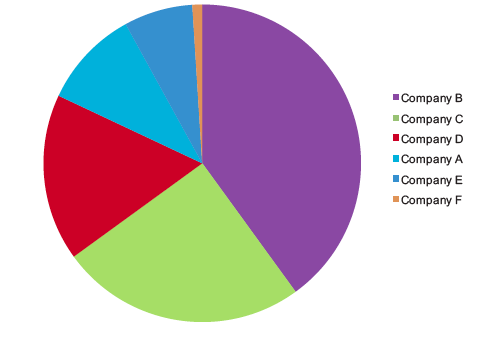Hi all. I put together the following biblio after some of the folks in the audience during my presentation at The Image conference (UCLA). They were wondering how to create better information graphics.
This list of resources is good if you are sick of using excel and killing yourself trying to use Word to make graphics or wondering what you should be aiming for within a categorical type (what’s a good bar graph, anyways?). Admittedly, none of the resources are perfect, most do not tell you how to use which software programs. But there are good pieces of advice and instructions in just about all of them.
The list is available for download here. And in html below.
Infographics Biblio – emphasis on how-to
Cleveland, William. (1994) Elements of Graphing Data. Summit, NJ: Hobart Press.
+ Table of Contents and Chapter 1: http://hobart.com/Elements.PDF
— (1993) Visualizing Data. Summit, NJ: Hobart Press.
+ Table of Contents and Chapter 1: http://hobart.com/Visualizing.PDF
Few, Stephen. (2004) Show Me the Numbers: Designing Tables and Graphs to Enlighten. Oakland, CA: Analytics Press.
+ Perceptual Edge blog
Graff, Gerald and Catherine Birkenstein. (2009) “They Say/I Say”: The moves that matter in academic writing. New York: W. W. Norton.
+ This book is not about graphics. I find that it offers a useful framework for figuring out
which contextual information needs to be included in a graphic in order to provide
enough context for a useful discussions. If academics creating infographics include some
history of an argument or predict what critics might say, they will create a stronger, clearer
graphic just the way writers create stronger, clearer arguments if they situate their
argument within a field and address predicted criticism before they arise.
IBM Research: Many Eyes Visualization Tool.
Roam, Dan. (2009) Unfolding the Napkin: The hands-on method for solving complex problems with simple pictures. New York: Portfolio Trade, a division of Penguin.
Rosling, Hans. (2005-present) GapMinder Visualizations and tools to make your own visualizations.
Seagram, Toby and Jeff Hammerbacher. (2009) Beautiful Data: The stories behind elegant data
solutions. Sebastopol, CA: O’Reilly Media.
+ Table of contents
Steele, Julie and Noah Iliinsky. (2010) Beautiful Visualization: Looking at data through the eyes of experts. Sebastopol, CA: O’Reilly Media.
Tufte, Edward. (2006) Beautiful Evidence. New Haven, CT: The Graphics Press.
— (2001) The Visual Display of Quantitative Information, 2nd ed. New Haven, CT: The Graphics Press.
— (1990) Envisioning Information. New Haven, CT: The Graphics Press.
— (1997) Visual Explanations: Images and Quantities, Evidence and Narrative. New Haven, CT: The Graphics Press.
Ware, Colin. (2004) Information Visualization: Perception for Design, 2nd ed. Morgan Kaufmann.
Wong, Dona M. (2010) The Wall Street Journal Guide to Information Graphics: The dos and don’ts of presenting data, facts, and figures. New York: W. W. Norton.
+ Table of contents and sample pages




























